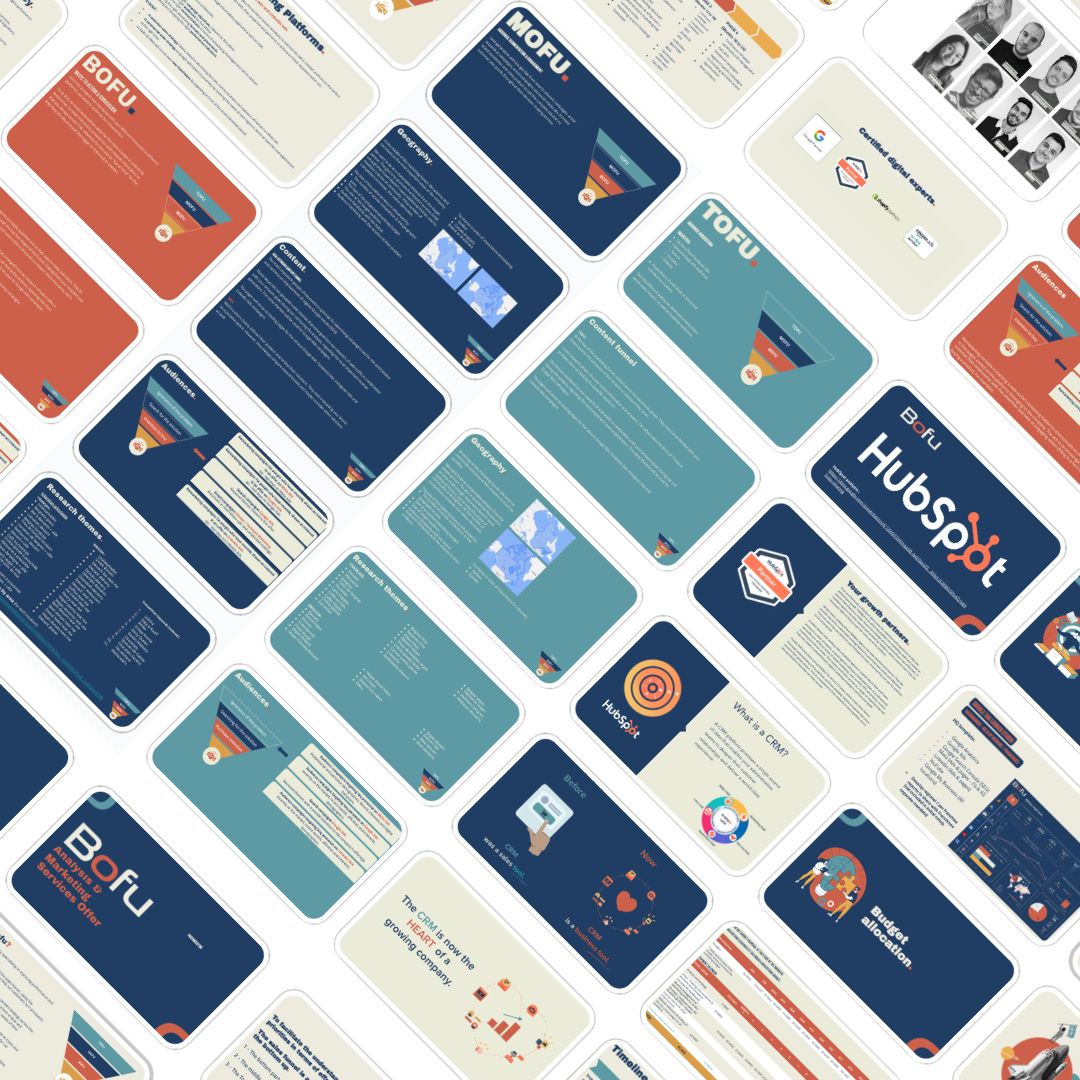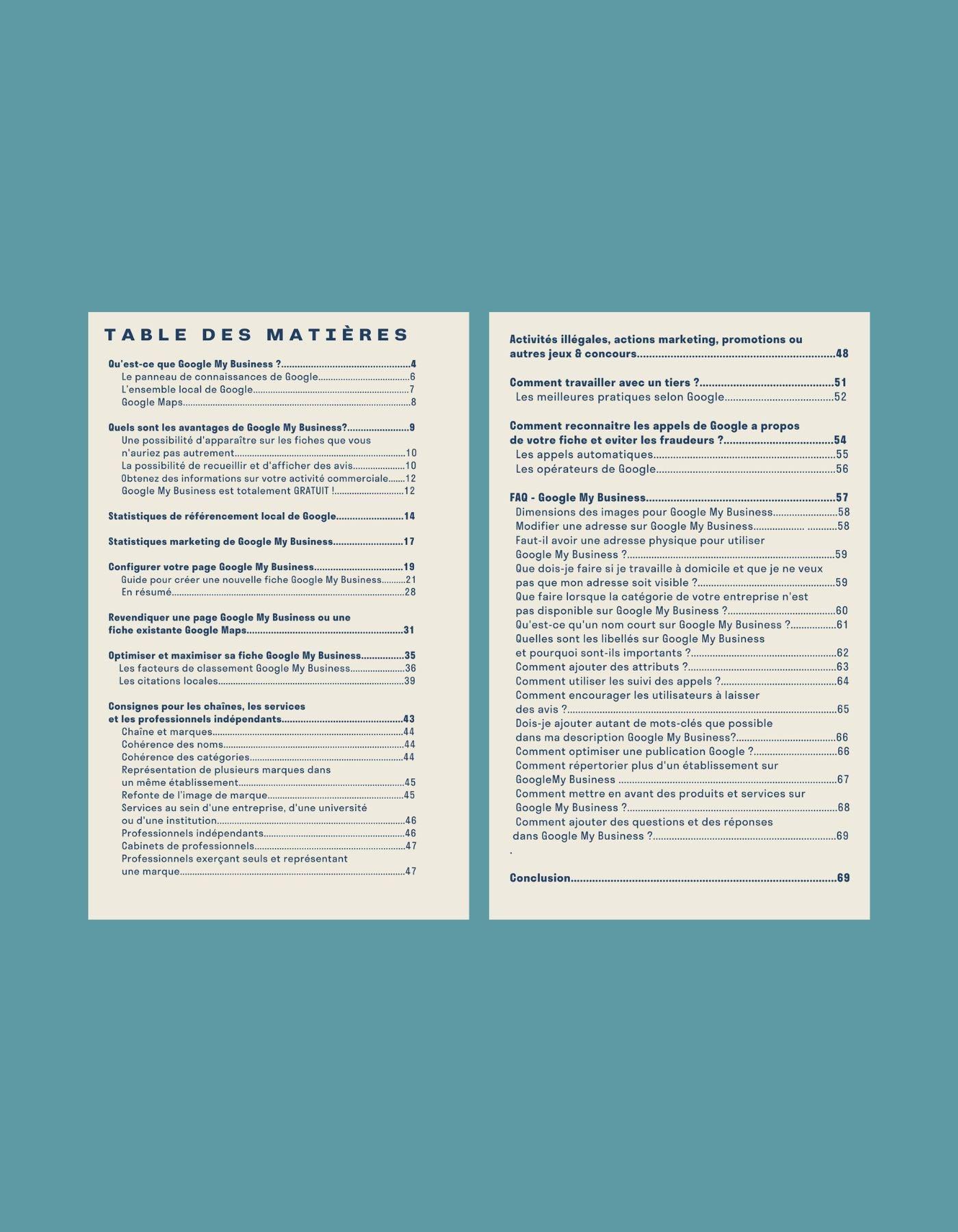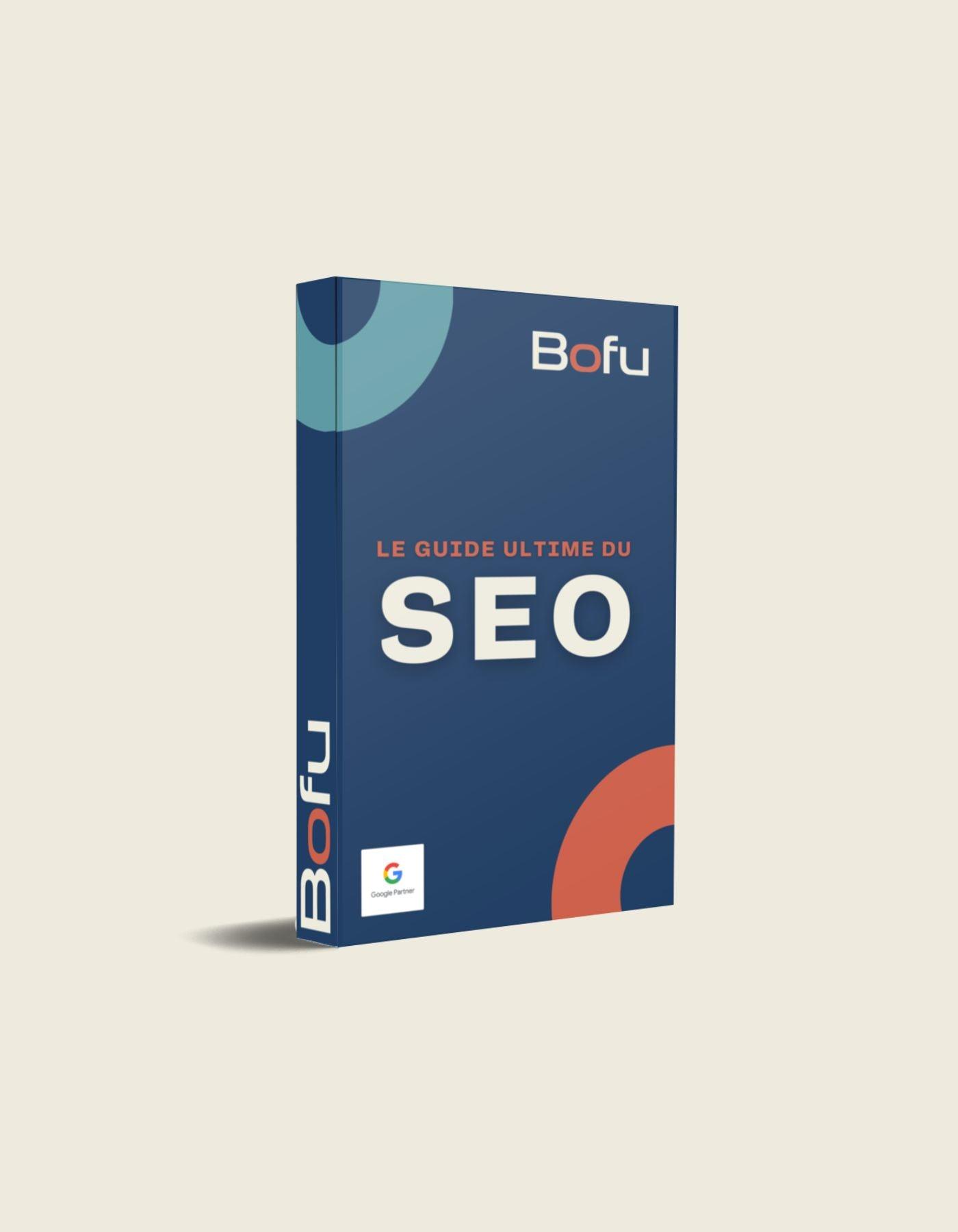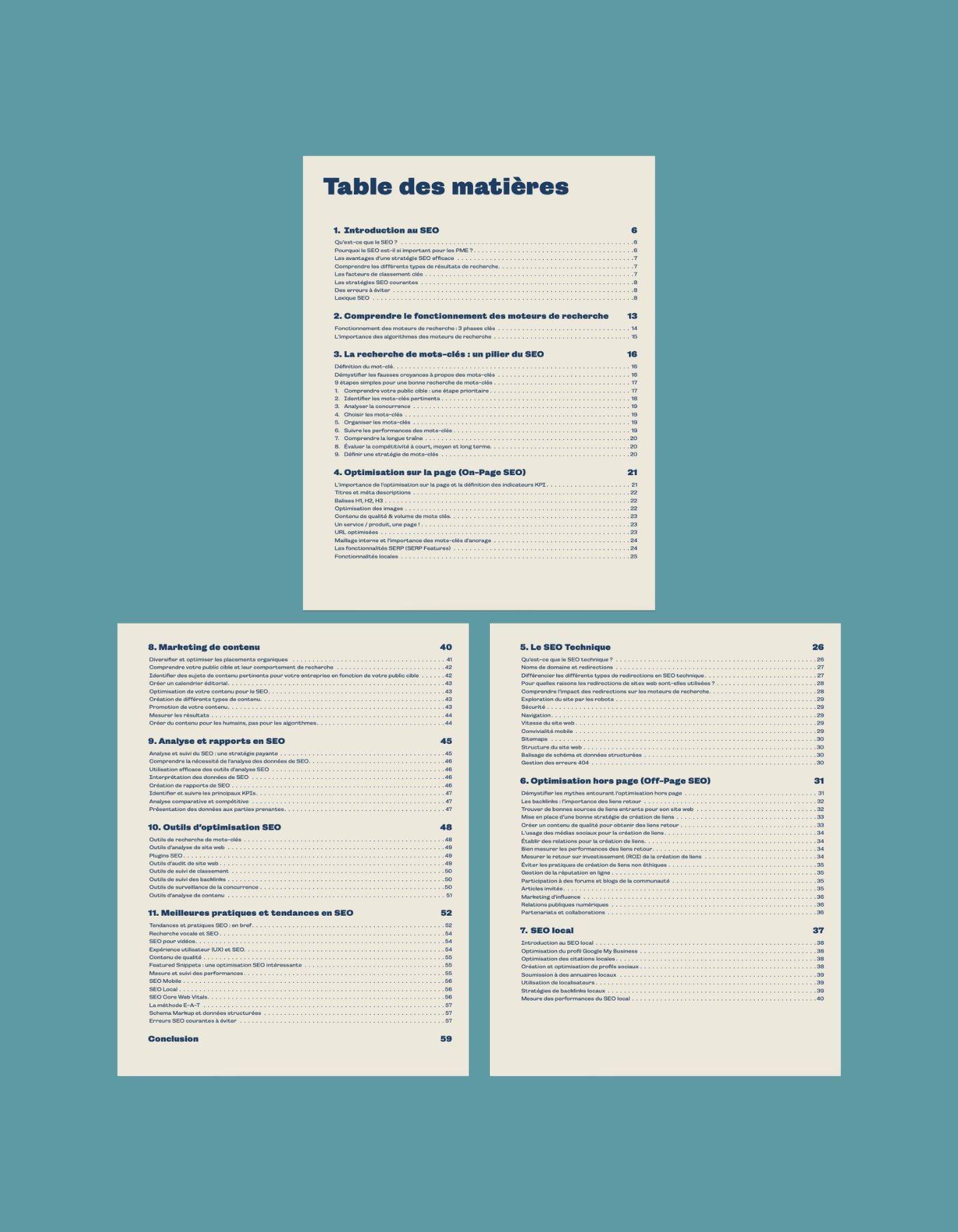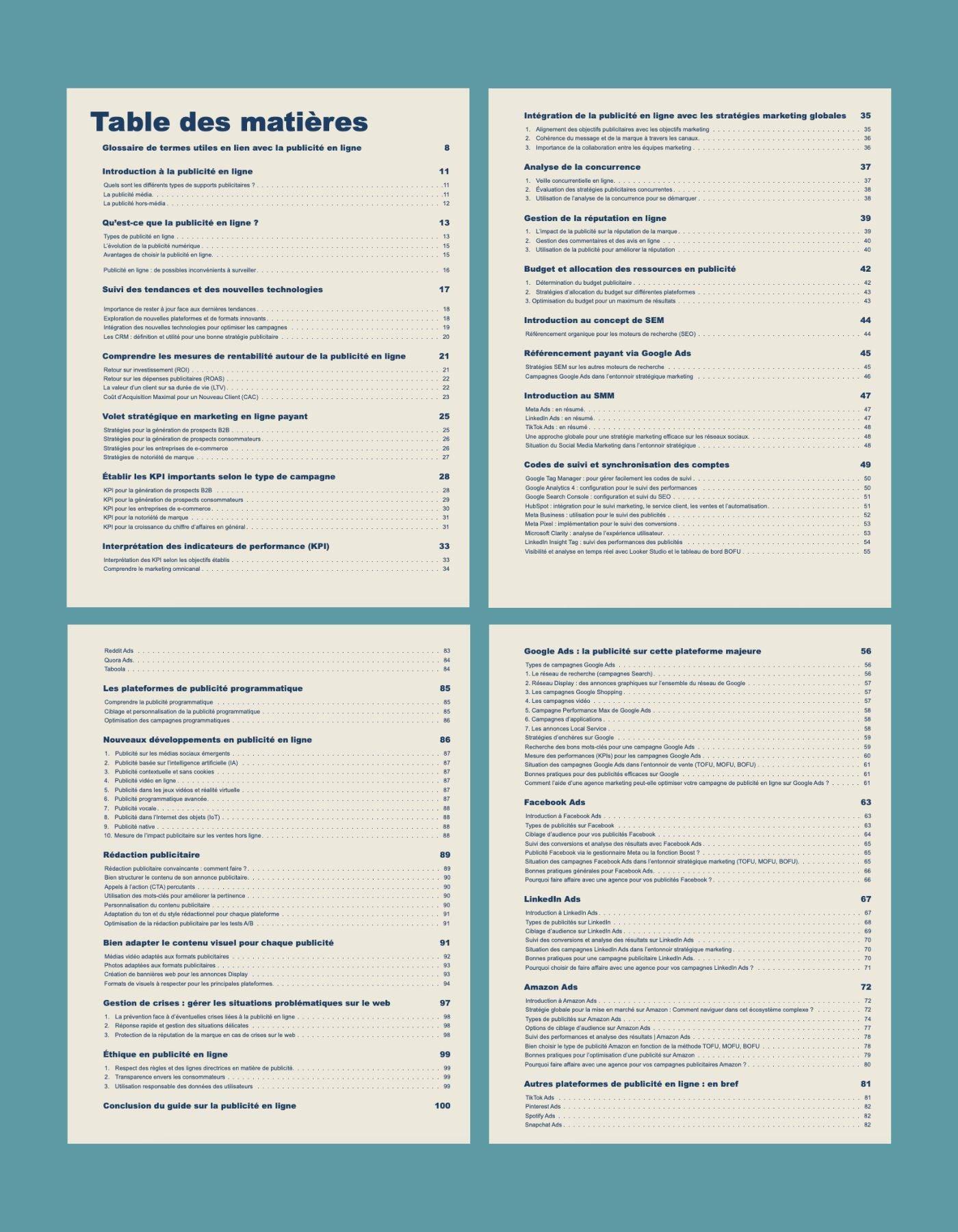Online advertising plays a vital role in the modern marketing ecosystem . It represents an incredible opportunity to make your business known, to define your image, to reach your target audience, and thus to achieve your objectives!
What are the different types of advertising media?
In the world of advertising, there are mainly two main families of advertising media : media media and non-media media.
Although traditional media are still widely used by many companies and can indeed constitute a complementary option for your digital strategy, it goes without saying that digital (non-media) advertising now occupies a dominant place.
Media advertising
Also called mass advertising , media communication is a means of communication used mainly with the aim of reaching as many people as possible through a single message. It is therefore a suitable advertising medium, especially if the target audience has a wide reach.
Media advertising includes :
-
Television : Based on both visual and audio, television advertising is recognized for its effectiveness with major brands wishing to maintain their image. This is a perfect example of a broad-spectrum advertising medium, although it is not accessible to all businesses due to its often very expensive price.
Cinema represents another specific example, allowing such wide distribution to a similar and generally a little more captive audience. - Radio : Compared to television, advertisements made on radio can be aimed at a more geographically localized audience (proximity media), while nevertheless remaining rather broad in their reach.
- Display : A well-known traditional medium, the effectiveness of display is very relative depending on the location chosen for this medium, as well as the type of message conveyed. Often visible on signs on the side of highways or even on bus shelters, for example, this type of advertising is certainly not suitable for all needs.
- Written press : From local newspapers to major recognized magazines, the written press remains a local media worthy of consideration in certain cases. For several years, however, its reach has obviously been much less great, due to the loss of popularity of this traditional media in the face of the emergence of the web.
Although the web is generally considered a non-media advertising medium , advertising banners found on various websites can represent an example of media display with an enormous advantage : that of being much more targeted than other advertising. this category.
Off-media advertising
This other type of advertising brings together any advertising action that is not associated with a traditional advertising medium. Unlike the latter, the objective of off-media advertising media is much more focused on direct contact with a potential customer.
Among these, we therefore find:
- Advertising at a point of sale (POS) : Can take several forms, the most common is undoubtedly the display of banners in stores to promote a product.
- Sales promotion : Often indirect, this type of advertising can take the form of competitions, special offers or discount coupons for example.
- Paper media ( prints ): Business cards, flyers , posters and promotional leaflets are all examples of non-media advertising media.
- Public relations and event promotion : Via participation in specific activities such as trade shows or fairs, or by presenting an information kiosk, companies use a so-called off-media strategy.
- Direct marketing : Defined as a communication strategy aimed directly at a particular customer (or a specific category of customers), this type of advertising includes SMS campaigns, postal mailings, as well as newsletters sent by email.
Following this overview of advertising media, it is possible to conclude that an integrated approach, combining traditional and non-media methods , can offer a coherent and diversified advertising strategy . All of this complements the rest of the efforts made in terms of online advertising .
What is online advertising?
Online advertising , also known as digital advertising , on the other hand, refers to the use of the web with the intention of delivering certain types of promotional messages to a targeted audience. It can take several forms: banner ads, video ads, social media ads, and much more!
Types of Online Advertising
For an effective online advertising campaign , it is generally desirable to think about combining different types of digital advertisements. Obviously, an informed choice in this sense is made taking into account your needs and the reality of your business.
- Social media advertising :
With the unparalleled popularity of well-established social platforms, in addition to new social networks emerging regularly, the advertising opportunities are great. Thanks to this type of advertising, it is also possible to reach a niche audience or to adopt new advertising approaches even more suited to a specific audience.
- Programmatic advertising :
This form of automated advertising uses algorithms and data to buy and serve ads in real time across various online advertising spaces. Programmatic advertising therefore makes it possible to effectively target specific audiences and optimize campaign performance by automatically adjusting bids and placements. This type of online advertising includes paid advertising (PPC) on search engines, such as Google Ads .
- Advertising based on artificial intelligence :
Artificial intelligence (AI) is playing a growing role in online advertising. Sophisticated AI systems are in fact used to optimize certain types of advertising campaigns, personalize content based on user behavior, and even to generate advertisements themselves.
- Contextual and cookie-free advertising :
With evolving privacy policies and restrictions on third-party cookies, contextual advertising is gaining importance. This approach then targets users based on the content of the page they are on at that moment, rather than tracking their browsing behavior with cookies.
Video ads appear before, during or after some form of streaming video content on platforms like YouTube or social media. Over the years, this type of online advertising has gained popularity thanks to its ability to engage users effectively, while having the power to make an advertisement more attractive.
- Advertising in games and virtual reality :
Online gaming and virtual reality offer new opportunities for online advertising. In fact, brands are now integrating advertisements into certain video games, mobile applications and even virtual reality experiences. The objective is to reach players and users in a more immersive way.
- Voice advertising :
With the rise in popularity of voice assistants such as Siri (Apple), Alexa (Amazon), and Google Assistants , voice advertising has become a type of advertising worth considering for a comprehensive online advertising strategy . Brands can choose to display audio ads targeted to users.
- Advertising in the Internet of Things (IoT) :
Often known by the letters IoT ( Internet of Things ), the Internet of Things offers great opportunities for contextual and personalized advertising. Its operating principle integrates advertisements into connected devices such as smart watches, sensors, household appliances and even connected cars for example.
- Native advertising :
Native ads integrate unobtrusively into the editorial content of a website or app, providing users with a more sensitive but equally engaging advertising experience.
Faced with the large number of types of online advertising , we quickly see that this is an area in constant evolution, and that it is therefore necessary to adapt to new trends and technologies in order to remain competitive. For a digital advertising approach that stands out, the ideal is to make the most of each of the different platforms and strategies available, until you achieve the realistic marketing objectives that you have identified. We will come back to these points a little later in this guide.
The evolution of digital advertising
Since its beginnings in the 1990s, digital advertising has experienced impressive growth . Sometimes evolving significantly in the space of just a few months, it goes without saying that the reality of online advertising to date is very different from that which it was possible to observe when all first ads on the web.
Originally, digital advertising was mainly limited to rather simple banner ads, appearing mainly in text form.
Targeting options were then limited and there was also little way to measure the effectiveness of these advertisements. It nevertheless remains that this was already a real revolution, both for technologies and for this great world of advertising!
Over time, with the rise of search engines and social networks in particular, online advertising has become more sophisticated. One of the main advances being targeting based on behavior as well as user preferences. Quietly, the personalization of digital advertisements began to shape the landscape.
More recently, in recent years, the portrait of web advertising has continued to evolve. The development of artificial intelligence and automation has made it possible to create even more precise and effective advertising campaigns , enabling advertisements that are more tailored to the target clientele.
Advantages of choosing online advertising
Digital advertising has completely changed the face of business. Thanks to this type of advertising medium, it became possible for companies to measure the impact of advertising on sales. With technological advances, we could better understand the consumer journey and, at the same time, link online actions to offline purchasing behavior, for example. All this, in addition to being able to concentrate efforts in the right place for maximum efficiency.
Even today, the benefits of online advertising are numerous and continue to improve!
- Cost-effective : Compared to traditional advertising, online advertising offers a more attractive return on investment (ROI) for businesses. The costs of serving online ads are generally lower, allowing advertisers to reach more people without spending more money.
- Precise Targeting : One of the main advantages of online advertising remains the ability to more precisely target specific users. Advertisers can thus define precise targeting criteria such as interests, demographics, geographic location, online behaviors, etc.
This feature gives the advantage of showing ads only to people most likely to be interested in the product or service, thereby increasing the chances of conversion and making the effort profitable.
- Measurability : Unlike more traditional media advertising, where it is more difficult to measure the effectiveness of campaigns, online advertising offers great transparency when it comes to tracking and analyzing performance.
Advertisers can access detailed data on the number of views, clicks, conversions, and many other key performance indicators (KPIs). This ability to measure results allows businesses that choose to trust online advertising to more quickly adjust their strategies as needed, and thus maximize the results obtained!
- Flexibility and responsiveness : In addition to adapting to measured performance indicators, online advertising allows many other advantages linked to the flexibility of this type of advertising medium. Depending on market changes, new trends or current events for example, it is in fact possible to launch, update or stop campaigns by adapting to real-time needs.
This responsiveness of advertising on the web makes it possible to quickly adjust to any new reality, and thus to have an online presence that reflects the current image of the company.
Possible disadvantages to watch out for in web advertising
Although the advantages certainly outweigh the disadvantages, it remains prudent to remain realistic in our approach and pay attention to areas that may be problematic when using online advertising.
- Saturation : Arguably one of the biggest drawbacks of online advertising is the overabundance of ads that consumers are exposed to on a daily basis. This large number of ads that can give the impression of being bombarded sometimes leads to a phenomenon called “ad fatigue” among users. When overwhelmed by too many advertising messages, the danger is that these Internet users end up ignoring or even blocking the advertisements.
Fortunately, solutions exist to overcome this reality of advertising fatigue . Whether it is varying the media used, further personalizing advertisements to meet the real needs of the target audience or innovating by putting forward advertising messages that are more pleasant for Internet users, the important thing is to find a way to stand out. It is therefore essential to take your real target audience into account when implementing advertising strategies.
- Privacy Issues : Although the precision targeting offered by online advertising offers an undeniable advertising advantage, it remains important to be concerned with the privacy and ethical issues that may arise. The collection of data on Internet users' browsing habits and interests has come to cause some privacy concerns .
Fortunately, over time, stricter regulations regarding the collection and use of user data have emerged and now provide greater protection for consumers on the web. As this issue is still relevant today, it is everyone's responsibility to focus on this reality.
- Platform Reliance: Online advertising is often carried out on third-party platforms, such as Google , Facebook , Instagram , and other similar advertising networks. For various reasons, advertisers may become dependent on these platforms to reach their target audience, limiting their control over the delivery and display of ads. In addition, changes in the policies of these platforms can then have a significant impact on advertisers' advertising strategies. It is therefore important, in this sense, to think about varying each of your digital advertising campaigns.
Conclusion
In conclusion of this first section of the guide, let us therefore remember that advances in online advertising have made it possible to develop numerous advantages , such as its cost-effectiveness, precise targeting and its high measurability. Choosing a good digital advertising strategy must nevertheless take into account certain challenges, such as advertising saturation and privacy issues for example. By better understanding what online advertising is, and its impact, advertisers are then able to develop effective and ethical advertising strategies to achieve their marketing objectives .





